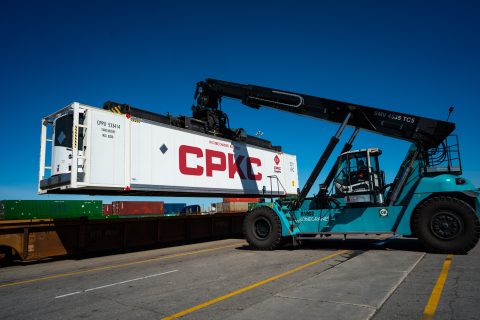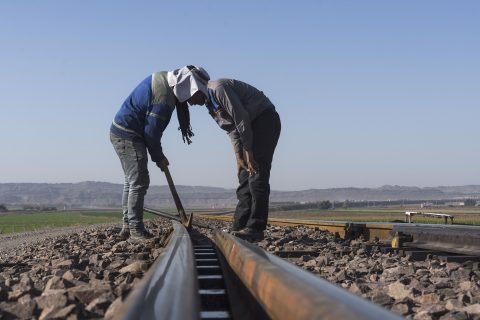More euros for Serbian rail freight industry, this time for Serbia Cargo

The European Bank for Reconstruction and Development (EBRD) is stepping up its support for Serbia’s rail sector, this time with a loan to state-owned operator Serbia Cargo. The bank is lending the company 43 million euros to finance its freight fleet modernisation.
Do you want to read the full article?
Thank you for visiting RailFreight.com. Become a member of RailFreight Premium and get full access to all our premium content.
Are you already a member?
Having problems logging in? Call +31(0)10 280 1000 or send an email to customerdesk@promedia.nl.





